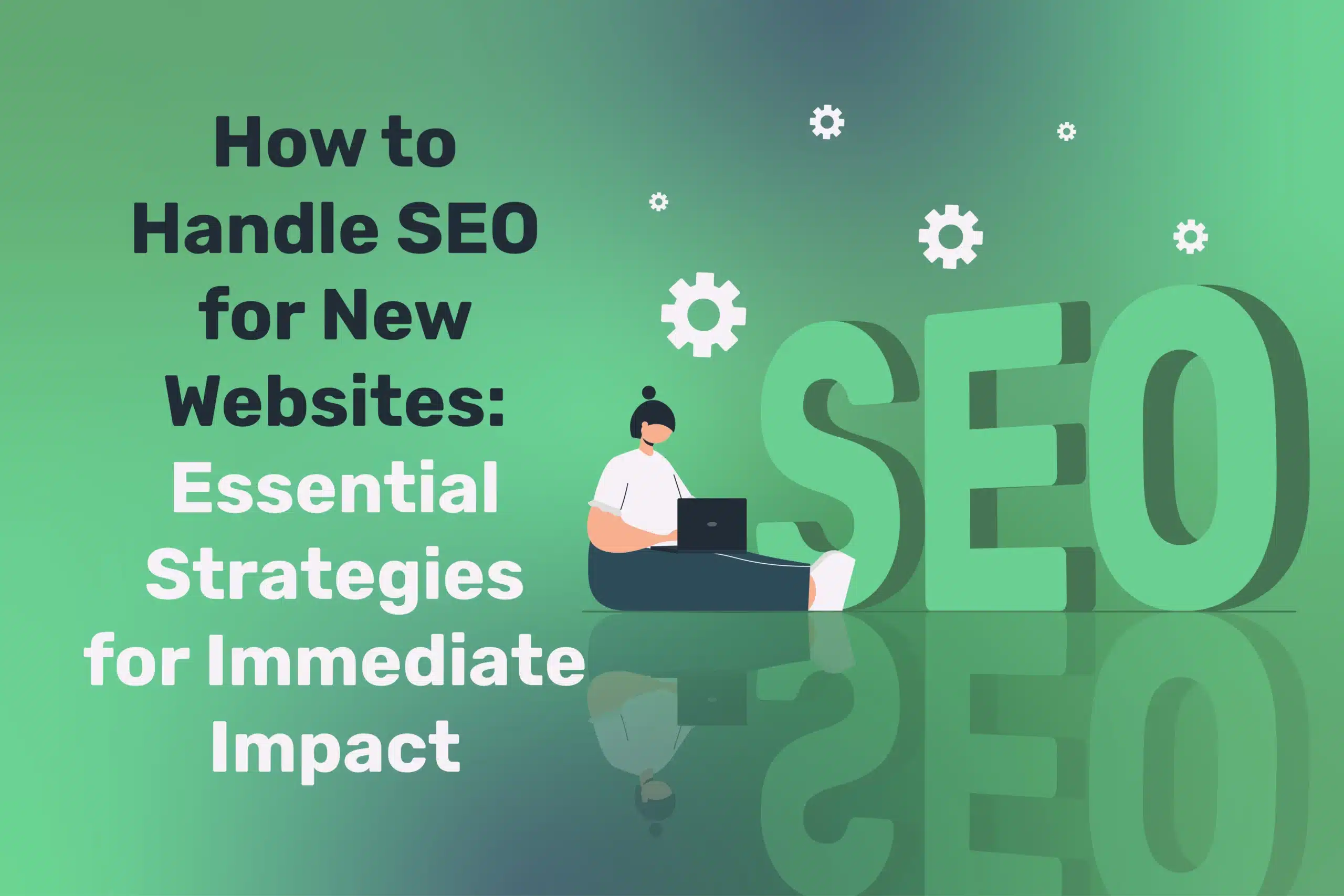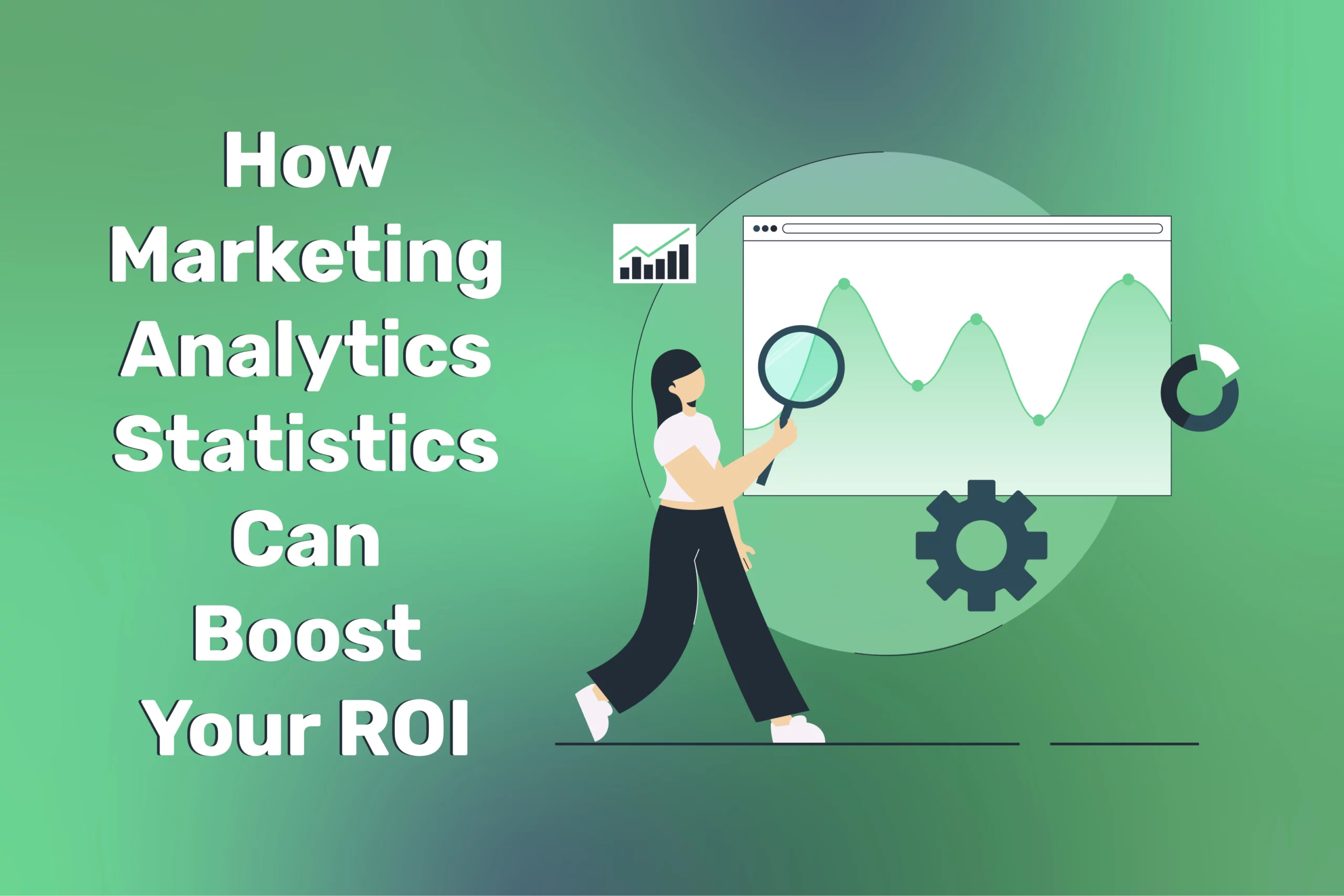Mastering Excellence: The Dynamic Power of Landing Page Optimisation Tools
The Importance of Landing Page Optimisation Tools
Landing Page Optimisation Tools: In the fast-paced world of digital marketing, your website’s landing pages are the initial impression you create on potential customers. That’s why optimising them is crucial for success, as they can either make or break a visitor’s perception of your brand.
These tools serve as indispensable assets for marketers striving for excellence in their campaigns. Landing page optimisation tools empower marketers to refine and enhance various aspects of their landing pages, resulting in improved conversion rates, better ROI, and a superior user experience. By leveraging data-driven insights and fine-tuning their pages, marketers can transform their digital marketing efforts and achieve exceptional results in a highly competitive landscape.
Why Are Landing Pages Important?
1. First Impressions
Landing pages serve as the digital front door to your brand. When a visitor clicks on a link or an ad and lands on your page, that initial interaction is a make-or-break moment. A well-designed and optimised landing page can create a positive and lasting first impression. It sets the tone for the user experience and can influence how visitors perceive your brand. A visually appealing, easy-to-navigate landing page can build trust and intrigue, encouraging visitors to explore further and engage with your content.
2. Conversion Gateways
Landing pages are not just about providing information; they are designed to facilitate specific actions. These actions could include making a purchase, signing up for a newsletter, requesting a quote, or downloading a resource. Landing pages are where visitors transition from passive browsers to active participants in your marketing funnel. Optimising them is crucial because it directly impacts your conversion rates. A well-optimised landing page guides visitors toward taking the desired action, making it more likely that they will convert into customers, leads, or subscribers. As such, landing pages are essential tools for achieving your marketing objectives.
3. Data Insights
Landing pages, when used in conjunction with Landing Page Optimisation Tools, become rich sources of data and insights that can inform your marketing strategies. By analysing visitor behaviour on these pages using these sophisticated tools, you gain valuable information about what works and what needs improvement. Metrics such as bounce rate (the percentage of visitors who leave the page without taking any action), click-through rate, time spent on the page, and conversion rate provide a wealth of information.
This data-driven approach, facilitated by Landing Page Optimisation Tools, allows you to identify strengths and weaknesses in your landing pages, helping you refine and optimise your marketing strategies. For example, if you notice a high bounce rate, it may indicate that your page needs better content or a clearer call to action, insights that can be effectively addressed with these tools.
The Role of Landing Page Optimisation Tools
1. Efficiency
Landing page optimisation tools streamline the entire process of creating and fine-tuning landing pages. They offer user-friendly interfaces and intuitive features that simplify the often complex task of designing and optimising landing pages. Marketers can save valuable time and resources by using these tools, enabling them to create effective landing pages quickly and efficiently. This efficiency is especially crucial in the fast-paced world of digital marketing, where speed can make a significant difference in campaign success.
2. A/B Testing
Landing page optimisation tools like Google Optimise, Unbounce, and Optimizely provide the capability to conduct A/B tests. A/B testing involves creating multiple versions of a landing page and showing them to different segments of your audience to determine which version performs better. This approach is a powerful method for optimising conversion rates. By systematically testing different elements such as headlines, images, call-to-action buttons, and overall page layout, you can discover what resonates most with your audience and make data-driven decisions to improve your landing pages continuously.
3. Analytics and Insights
Landing page optimisation tools offer in-depth analytics and insights into visitor behaviour on your landing pages. They provide a wealth of data, including bounce rates (the percentage of visitors who leave the page without taking any action), click-through rates, conversion rates, and more. This data is invaluable for understanding how users interact with your landing pages and where improvements are needed. By closely monitoring these metrics, you can identify pain points, pinpoint areas of success, and fine-tune your landing pages accordingly. These insights enable data-driven decision-making, leading to more effective marketing strategies.
4. Personalisation
Many landing page optimisation tools now incorporate personalisation features. This means you can create tailored landing pages for different audience segments based on their preferences, behaviours, or demographics. Personalised landing pages enhance the user experience by delivering content that is highly relevant to each visitor. As a result, visitors are more likely to engage with and convert on a page that speaks directly to their needs and interests. Landing page personalisation can significantly boost conversion rates and customer engagement, making it a valuable feature for marketers.
5. Mobile Optimisation
In our modern world, mobile device usage is steadily increasing, with more people relying on their smartphones and tablets to access websites and information. Therefore, it is absolutely vital to have landing pages that function seamlessly on these mobile devices.
Mobile optimisation goes beyond simply making your pages visually appealing on smaller screens; it’s about ensuring that the entire user experience is smooth and user-friendly. Landing page optimisation tools often offer features that automatically adapt your content, images, and layout to fit different screen sizes and devices. This means that whether someone visits your landing page on a large computer monitor or a compact smartphone screen, they will have a consistent and enjoyable experience.
What are the key aspects of mobile optimisation?
- Responsive Design: Landing pages should be designed responsively, meaning they adjust fluidly to various screen sizes and orientations. Text and images should resize appropriately, and navigation elements should be easy to tap with a finger.
- Fast Loading Times: Mobile users expect pages to load quickly. Optimised landing pages minimise large images and unnecessary scripts that can slow down loading times, ensuring that visitors don’t get frustrated and leave before the page fully loads.
- Mobile-Friendly Forms: If your landing page includes forms for lead generation or other purposes, ensure that they are mobile-friendly. This means simplifying the form fields, using large touch-friendly buttons, and minimising the amount of typing required on a small screen.
- Streamlined Content: Mobile screens have limited space, so it’s important to prioritise content and present it in a clear and concise manner. Avoid excessive scrolling and provide easy access to essential information.
- Appropriate CTAs: Calls-to-action (CTAs) should be prominently displayed and easy to tap. Ensure that they are clear and concise, directing users to the desired action without any confusion.
- Cross-Browser Compatibility: Your landing pages should work seamlessly on various mobile browsers, including Safari, Chrome, and Firefox. Testing your pages on different devices and browsers is essential to guarantee compatibility.





